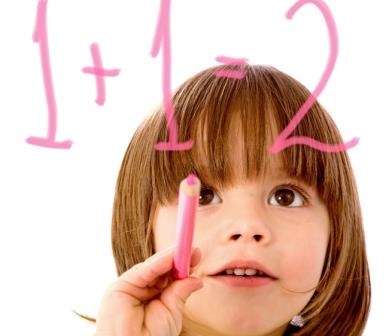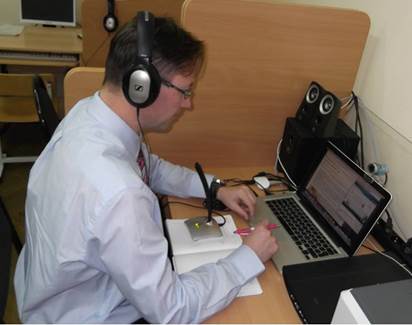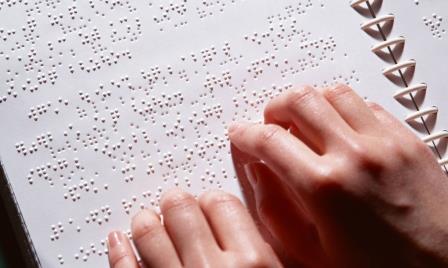We congratulate our authors and readers on the beginning of the new academic year and offer you the autumn edition of the research journal Lifelong education: the XXI century.
We are pleased to inform you that our e-journal was included into the list of peer-reviewed journals in which the main research results of doctoral (‘candidate of science’) and post-doctoral (‘doctor of science’) theses are to be published. This decision was effected by the Presidium of Higher Attestation Commission (http://vak.ed.gov.ru/87)2018 and applies from 09 August 2018 onwards to the following main fields of study:
13.00.01 General Education, History of Pedagogy and Education;
13.00.02 Theory and Methodology of Teaching and Education (by fields);
13.00.08 Theory and Methodology of Professional Education.
This September, we have published some more materials that study continuous education through the lens of linguistic-pedagogical approach. The researchers of scientific vocabulary of continuous education (and of other fields as well) will enjoy the paper that applies the Ngram Viewer data to illustrate the usage statistics of the major terms in digitized Google Books sources.
The problem of continuity in education remains highly relevant. One of the papers studies the conditions required to ensure the continuity between pre-school and primary school education, while another is focused on the correlation between the results of school final assessment (points obtained in the Unified State Examination) and university students’ performance in Mathematics, Physics and Computer Science.
This issue also contains a paper on the history of education in the Suvorov Military Schools—the educational institutions that provide the initial stage of officer training in Russia. This paper, though somewhat unusual for our journal, is directly linked to continuous education and may draw the attention not only of those scholars who are interested in the Suvorov Military Schools but also of historians of pedagogy and professionals working in similar organisations—e.g., in military cadets corps whose network is vast and ever-expanding.
Traditionally, our authors explore the innovative approaches to the management of continuous education and discuss a plethora of related issues. The evaluation of learning outcomes remains highly debatable and has become the topic of two papers. One of them perceives the learning outcomes evaluation of secondary school students to be a teaching strategy. The other analyses the prospects for an independent evaluation of learning outcomes (specifically, university students’ progress in Physics) through an e-learning platform. Teaching business studies in higher education is yet another problem. It does not seem particularly novel, since it is hard to debate the benefits of such training in contemporary conditions. But is this training useful for future teachers—i.e., students majoring in Pedagogical Education? One of the papers examines the specifics of teaching business studies to students of Pedagogy—it provides a rationale underlying the introduction of business studies in the curriculum and analyses the experience of teaching such courses. The same section also contains a paper that provides the author’s explanation of schoolchildren’s dislike and poor knowledge of mathematics and sets out the solutions to improve the situation.
This issue also includes a paper by a beginner researcher—the author discusses cultural diversity in contemporary education and provides insights into the problem that are both thought-provoking and up-to-date.
We wish you an enjoyable reading and invite you to join our discussions about continuous education in the next issues of the journal.
The Editorial Board











